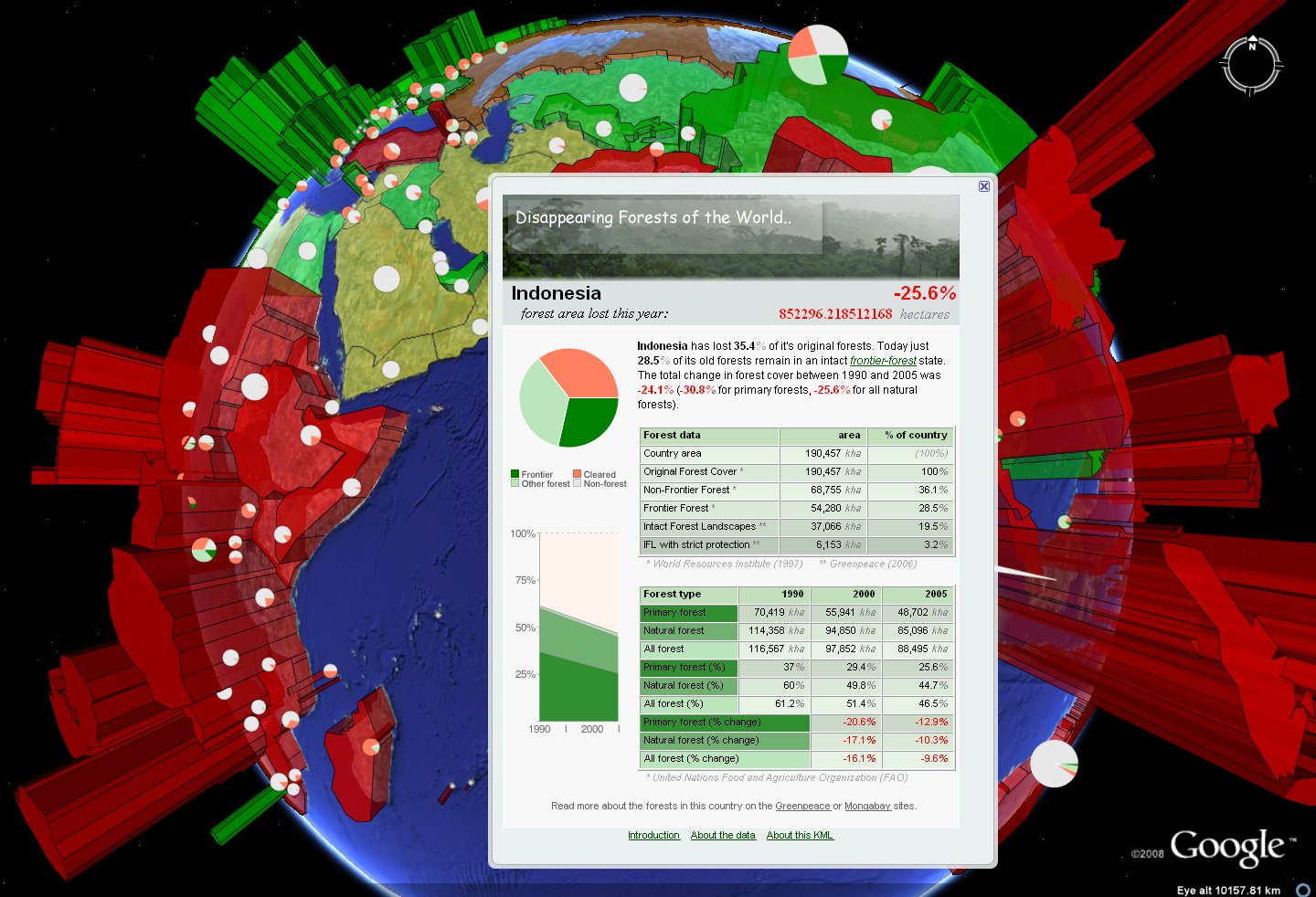We’ve all heard by now that corn-based ethanol has turned out to be a bad idea.
- Corn is energy intensive to grow, gobbling up fossil-fuels at every stage of production, from transporting seeds to fertilizing the fields (with petrochemical fertilizers) to final harvest.
- Corn is also a spectacularly water-intensive crop.
- The ethanol production stage consumes more fossil fuels and water.
- Once it finally reaches your gas tank, ethanol burns around 30% less efficiently than gasoline (meaning your per-mile cost is actually 30% more than you think it is).
- Estimates of how much actual energy we get out of the process range from barely breaking even to around 20 percent more than the input energy.
- And of course, every step of the process spews CO2 into the atmosphere.
It’s been almost a year since The New York Times editorialized on the subject:
The economics of corn ethanol have never made much sense. Rather than importing cheap Brazilian ethanol made from sugar cane, the United States slaps a tariff of 54 cents a gallon on ethanol from Brazil. Then the government provides a tax break of 51 cents a gallon to American ethanol producers — on top of the generous subsidies that corn growers already receive under the farm program.
And unlike our inefficient corn-based ethanol, that Brazilian product actually yields 370% of the energy put into it.
So, why are we doing this? What possible calculus could convince us to even consider corn ethanol?
Corn is big business – and big agribusiness hires the best lobbyists.
Here, the return on investment is spectacular: plant a few tens of millions of dollars in seed money in the form of campaign contributions to senators and members of Congress, and reap billions of dollars in federal farm subsidies.
And for agribusiness, corn is king.
Read More





